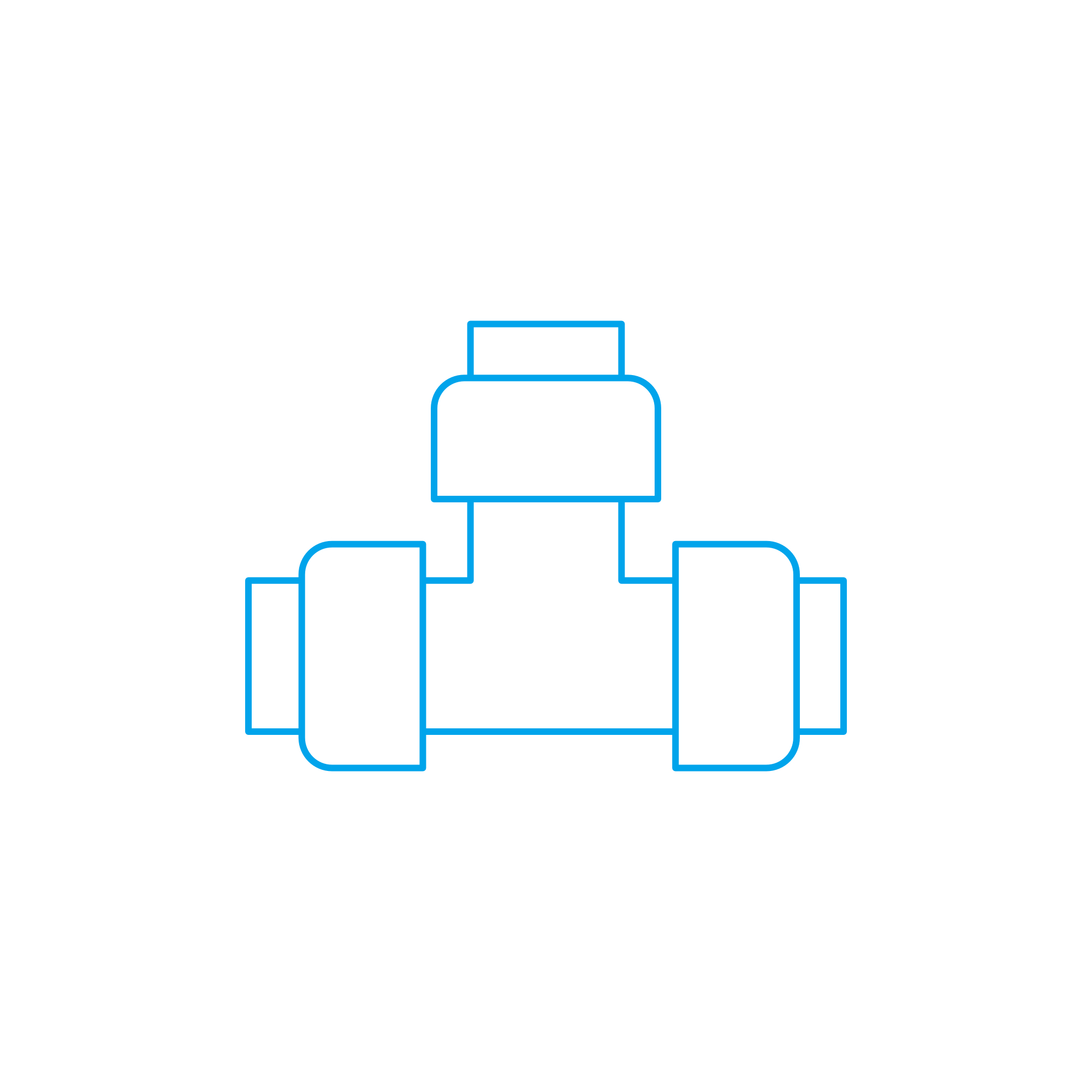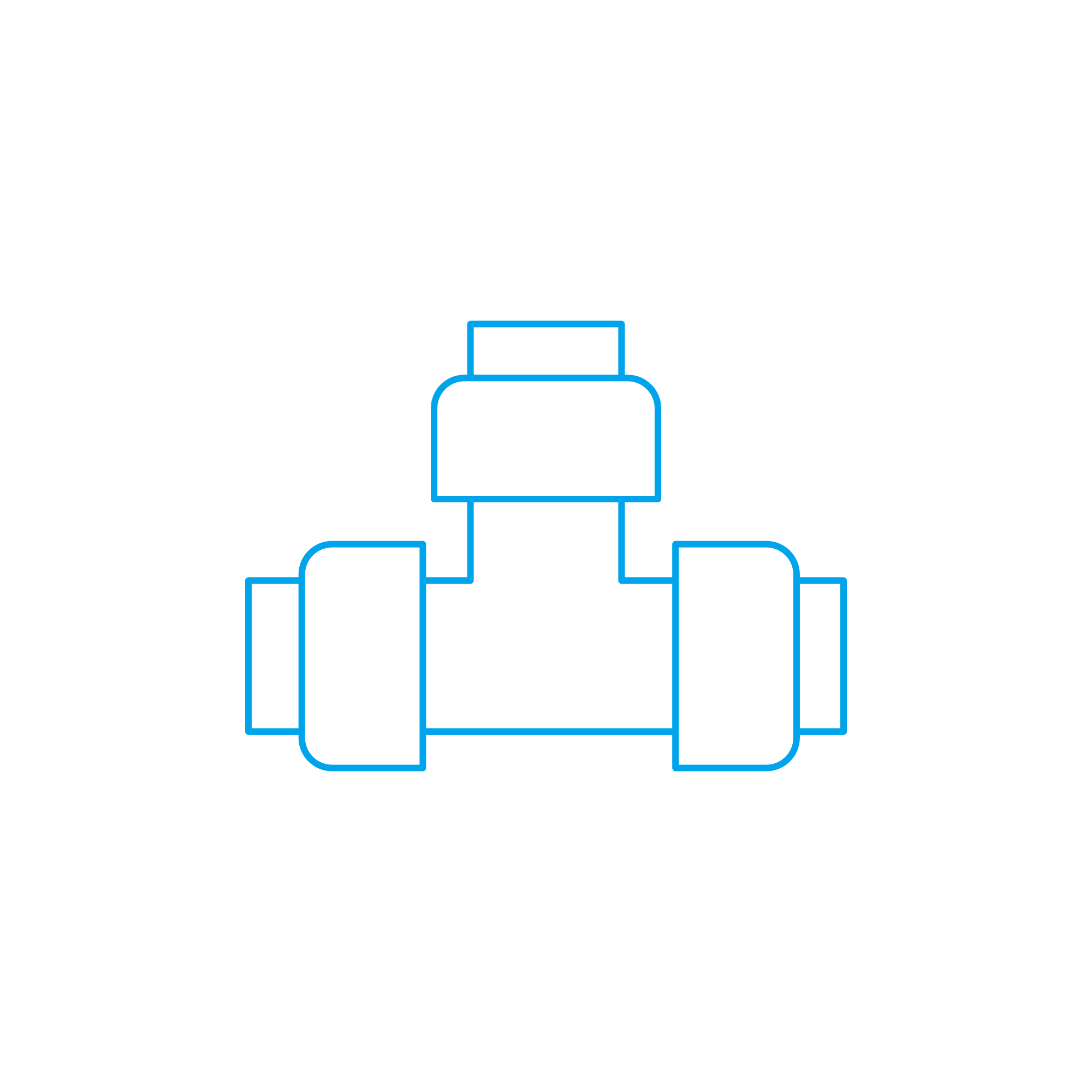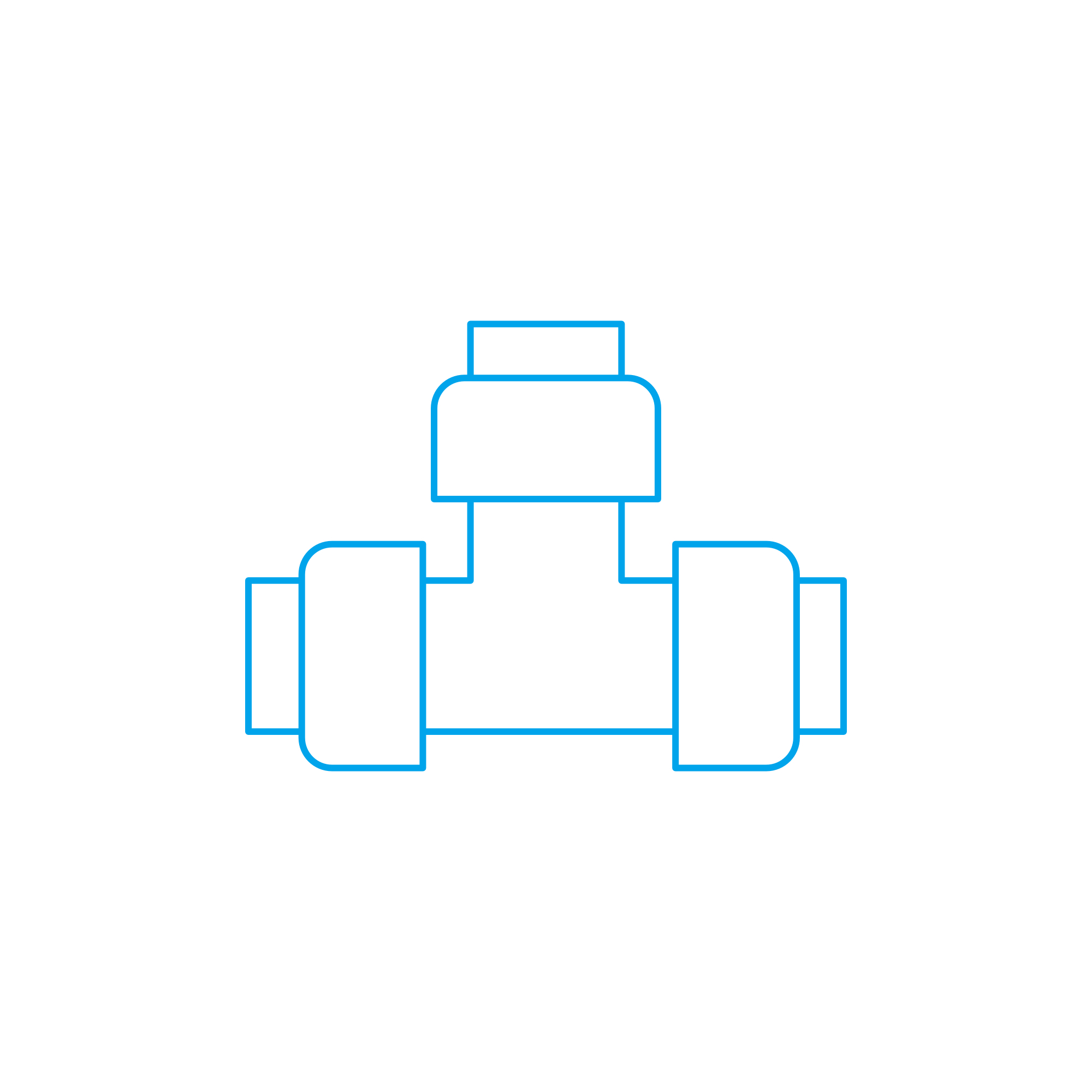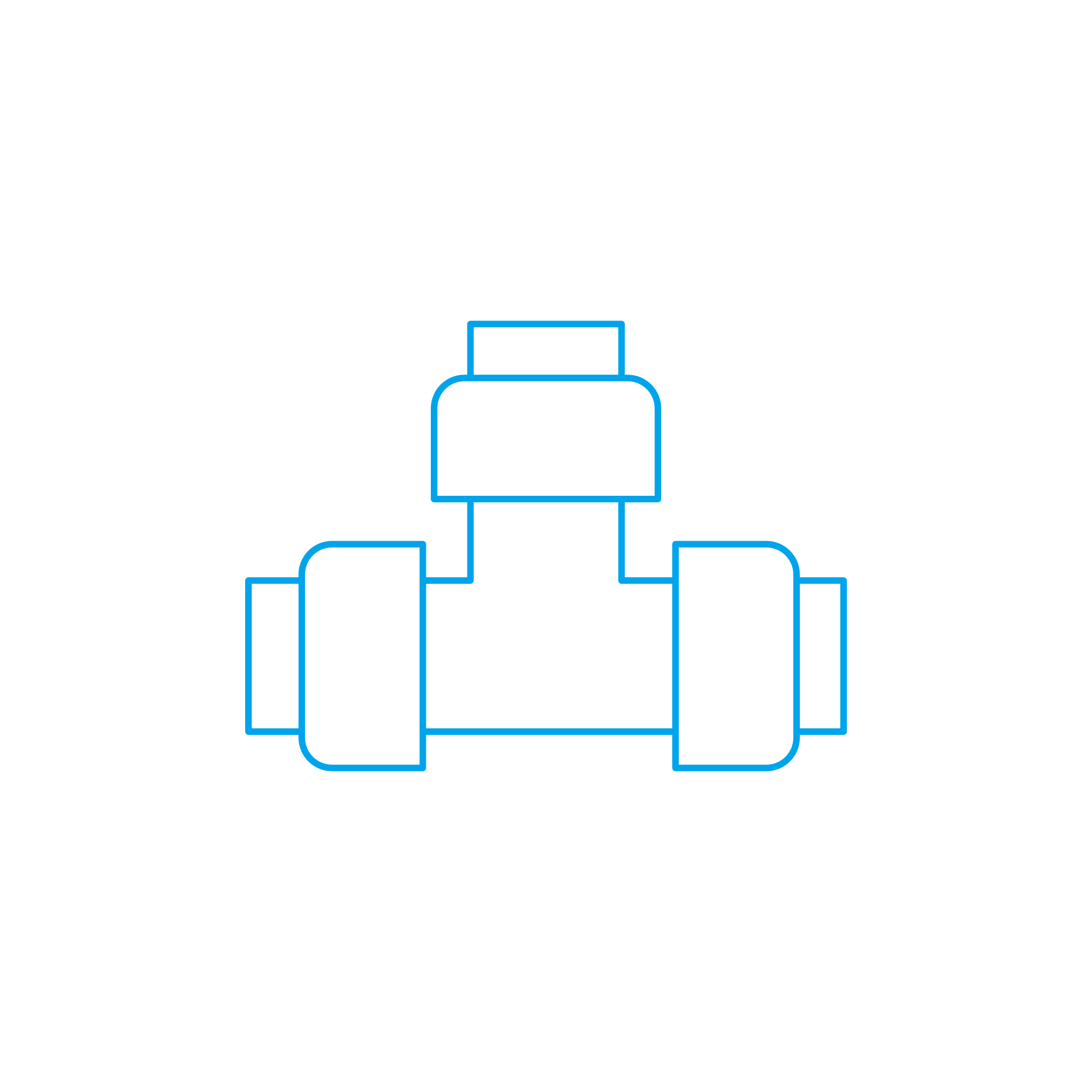T-FITTING fittings and armatures for diesel and marine engines
Fittings and armatures are the backbone of every engine’s fluid and air systems. As precision-engineered connectors, valves, tees, elbows, and manifolds, they route, control, and protect critical media such as fuel, lubricating oil, coolant, and compressed air. Within this category, the T-FITTING plays a central role wherever flows must be split, merged, or measured. In marine and power-generation environments—where uptime, safety, and efficiency define success—robust fittings and armatures ensure stable operation across heavy-duty diesel and gas engines.
From auxiliary systems on a vessel to main propulsion lines, properly specified fittings and armatures maintain pressure, prevent leaks, and enable service-friendly isolation of sections. A single compromised connector can cascade into performance loss or downtime. That is why decision-makers choose components that match engine-maker specifications, materials, and pressure classes—especially in nodes like a T-FITTING where three lines meet and system integrity is most exposed.
T-FITTING technical function in engine systems
Fittings and armatures link pumps, filters, coolers, injectors, sensors, and safety devices into a coherent, pressure-rated network. Their function spans routing, throttling, non-return protection, venting, and pressure relief. The T-FITTING, in particular, is used to branch a main line into a secondary line (or to combine returns), making it indispensable in low- and medium-pressure circuits. Typical examples include fuel supply/return manifolds, lube oil cross-overs, coolant bypasses, and pneumatic starters. In a T-FITTING marine engine arrangement, you might see a fuel return split toward a day tank and a measurement loop, while in a T-FITTING diesel engine lube circuit, it can feed a bearing gallery and a monitoring sensor line in parallel. For procurement and maintenance teams, sourcing T-FITTING OEM parts secures dimensional compatibility with existing pipework, threads, and ferrule systems.
Functionally, the T-FITTING must maintain flow area, minimize turbulence, and hold geometry under vibration and thermal cycling. Correct wall thickness, precise machining of threads or compression seats, and certified metallurgy are critical to leak-tight performance. Depending on the medium and class rules, materials range from stainless steel (AISI 316/316L) for seawater and corrosive fuels, to carbon steel for oil and cooling water, to copper-nickel (CuNi) in marine cooling circuits. Threaded (NPT, BSPP, BSPT), compression (DIN 2353/ISO 8434), flared (SAE J514), or socket-weld (ASME B16.11) connections are common. Pressure ratings typically span PN16 to PN250 (and beyond for specialized pneumatic lines), while temperature capability depends on alloy and seal selection.
· High-integrity flow branching under vibration.
· Materials matched to fuel, oil, coolant, or air.
· Tight dimensional tolerances for repeatable sealing.
· Standard-compliant threads and ferrule systems.
· Corrosion resistance for marine atmospheres.
· Pressure- and temperature-rated construction.
· Smooth internal geometry to reduce pressure drop.
· Traceability and documentation for audits.
Materials, standards, and integration of T-FITTING fittings and armatures
For marine and stationary engines, selecting the right T-FITTING hinges on system pressure and media. Stainless steel 316L resists chloride attack and is frequently chosen for seawater and ULSD fuels; carbon steel excels in oil circuits; CuNi is preferred where galvanic compatibility with seawater systems matters. Compliance with DIN 2353/ISO 8434 (compression), ASME B16.11 (forged fittings), ISO 7-1/BSPT and ISO 228/BSPP (threads), or ANSI/ASME B1.20.1 (NPT) safeguards interchangeability. Classification-society documentation (e.g., DNV, LR, ABS) supports marine approvals, while hydrostatic and pneumatic tests validate performance before installation. Proper torqueing, use of compatible sealing tapes/pastes, and alignment of pipework are crucial to avoid overstress and micro-leaks at the branch.
Importance of fittings and armatures for engine reliability and service life
Fittings and armatures influence engine reliability more than their size suggests. A minor leak at a T-FITTING can air-lock a fuel system, reduce injector pressure stability, and increase specific fuel consumption. In coolant lines, branch-point seepage lowers system pressure, raises metal temperatures, and accelerates wear. In lube oil galleries, leakage starves bearings and risks seizure. On pneumatic starters, a small pressure loss can lead to failed starts and operational delays. Over time, corrosion, erosion from particulates, thread galling, and vibration-induced fatigue can deteriorate sealing surfaces and cause cracking.
Symptoms of aging fittings include dampness around joints, pressure fluctuations, fuel smell in engine rooms, and rising make-up fluid rates. Proactive inspection—visual checks, torque verification on compression nuts, and periodic pressure tests—extends service life. Replacing worn T-FITTING components and reconditioning sealing interfaces prevents unscheduled stoppages and upholds safety and compliance on board and on site.
Advantages of OEM spare parts suitable for fittings and armatures
Choosing OEM spare parts suitable for fittings and armatures brings measurable benefits to performance, reliability, budget, and service life. Dimensional fidelity to the engine maker’s interface specifications reduces installation time and the risk of misalignment. Material certificates and batch traceability support audits and class requirements. Tested pressure ratings and validated geometries maintain stable flows and protect pumps, injectors, and bearings from cavitation or starvation. Over the lifecycle, correct-fit T-FITTING components reduce rework, minimize fluid losses, and lower total cost of ownership through fewer interventions and shorter downtimes.
Beyond fit and function, OEM-grade documentation helps teams align maintenance planning with fleet standards. For mixed diesel and gas engine portfolios, harmonized part families simplify inventory, while consistent sealing systems (e.g., identical ferrule types) streamline crew training and tool sets. This is why purchasers frequently specify T-FITTING OEM parts for both marine engine upgrades and shore-based power plants.
MOPA as your partner for T-FITTING and fittings and armatures OEM parts
MOPA is an experienced and reliable partner for OEM spare parts in fittings and armatures, including every critical T-FITTING used across diesel and gas engines. Our team supports rapid cross-referencing of part numbers, ensures material and standard compatibility, and provides documentation that meets shipowner and industrial audit needs. Speed matters: responsive quotations, short lead times, and coordinated logistics keep projects on schedule and vessels in service. Quality is embedded from sourcing to dispatch, with controlled suppliers, inspection, and packing designed to protect precision surfaces. Security in the trade is paramount—traceable deliveries and consistent communication give technical buyers the confidence to plan and execute maintenance without surprises.
Conclusion: T-FITTING fittings and armatures in focus
Fittings and armatures—especially the versatile T-FITTING—are essential to safe, efficient operation of marine engine and diesel engine systems. Correct selection and maintenance safeguard pressure, flow, and uptime.
By opting for OEM spare parts suitable for fittings and armatures, operators gain reliable fit, consistent performance, and long service life. MOPA supports you with speed, quality, and secure handling of OEM parts for demanding diesel and gas engine environments.





